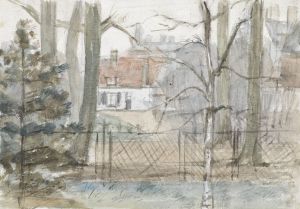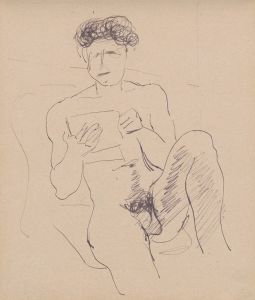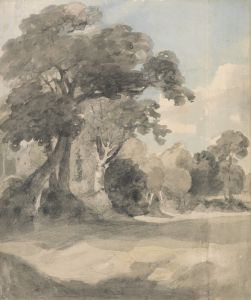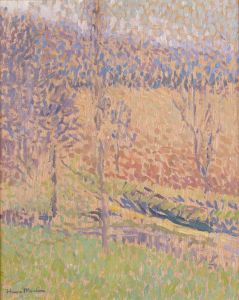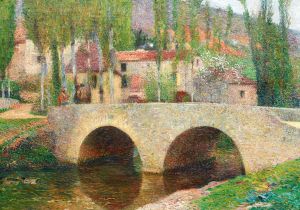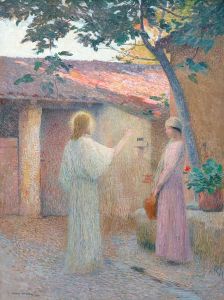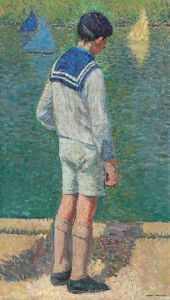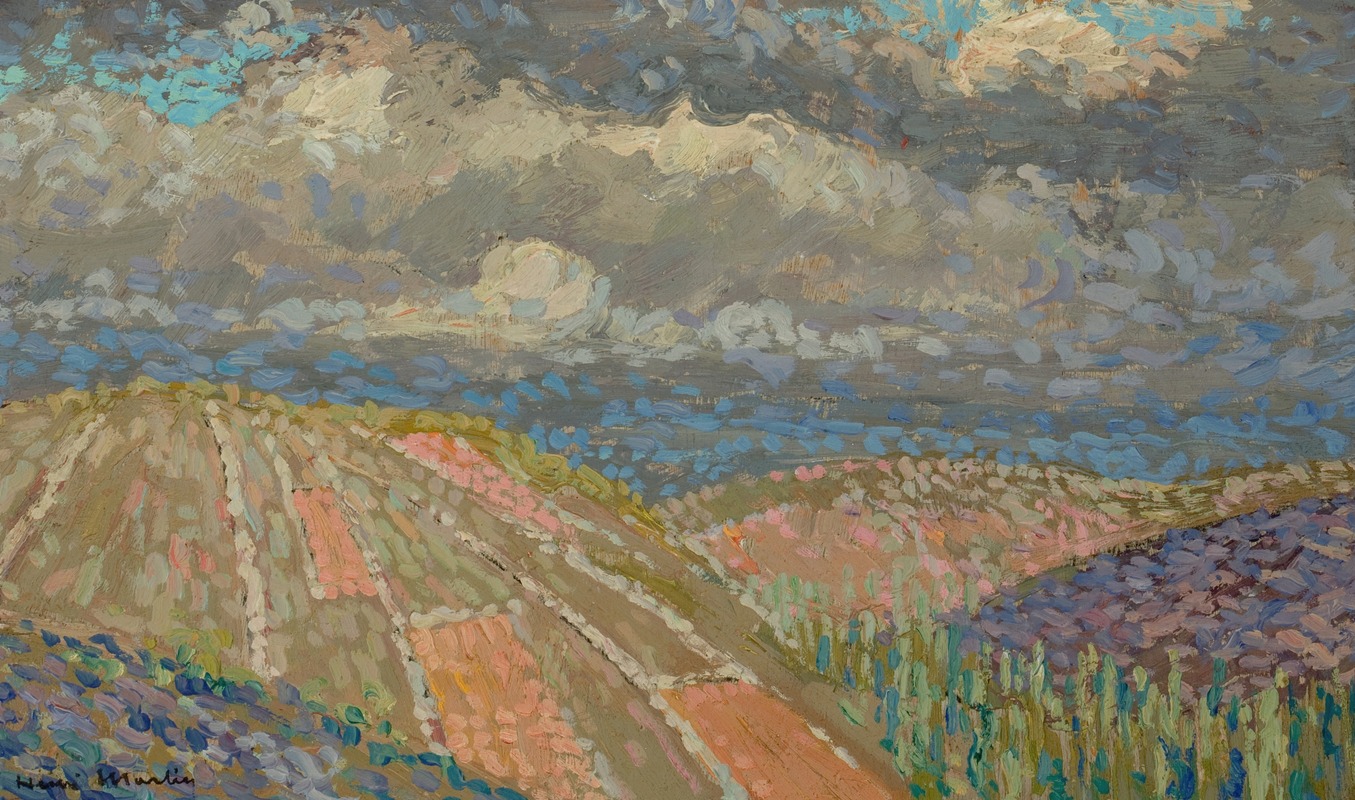
Étude de Causse du Lot
A hand-painted replica of Henri Martin’s masterpiece Étude de Causse du Lot, meticulously crafted by professional artists to capture the true essence of the original. Each piece is created with museum-quality canvas and rare mineral pigments, carefully painted by experienced artists with delicate brushstrokes and rich, layered colors to perfectly recreate the texture of the original artwork. Unlike machine-printed reproductions, this hand-painted version brings the painting to life, infused with the artist’s emotions and skill in every stroke. Whether for personal collection or home decoration, it instantly elevates the artistic atmosphere of any space.
Henri Martin (1860–1943) was a French Post-Impressionist painter known for his luminous landscapes and pointillist-inspired technique. One of his works, Étude de Causse du Lot, reflects his deep connection to the rural landscapes of southern France, particularly the Lot region, where he spent much of his later life.
The painting, whose title translates to "Study of the Causse of Lot," is an example of Martin's dedication to capturing the serene beauty of the French countryside. The term "Causse" refers to the limestone plateaus characteristic of the Lot region, an area known for its rugged terrain, sparse vegetation, and unique natural light. Martin often depicted these landscapes with a poetic sensibility, emphasizing their tranquility and timelessness.
Henri Martin purchased a property in the village of Labastide-du-Vert in the Lot region in 1900. This move marked a significant shift in his artistic focus, as he increasingly turned to the surrounding countryside for inspiration. His works from this period often feature the rolling hills, ancient trees, and pastoral scenes of the area, rendered with a harmonious blend of color and light. While Martin was influenced by the techniques of the Impressionists and Neo-Impressionists, his style is distinct for its dreamlike quality and meticulous attention to detail.
Étude de Causse du Lot is believed to be a preparatory study or smaller work that reflects Martin's process of observing and interpreting the landscape. Like many of his paintings, it likely employs a pointillist or divisionist technique, where small, distinct dots or strokes of color are applied to create a vibrant, shimmering effect. This method allows the viewer to experience the interplay of light and atmosphere, which was central to Martin's artistic vision.
Henri Martin's works, including Étude de Causse du Lot, are celebrated for their ability to evoke a sense of peace and connection to nature. Today, his paintings are held in various public and private collections, with some displayed in French museums such as the Musée des Beaux-Arts in Toulouse and the Musée d'Orsay in Paris. His legacy endures as one of the prominent figures of Post-Impressionism, particularly for his contributions to landscape painting.
Specific details about the creation date, current location, or exhibition history of Étude de Causse du Lot are not readily available. However, the painting remains a testament to Martin's mastery in capturing the essence of the Lot region and his broader artistic achievements.






